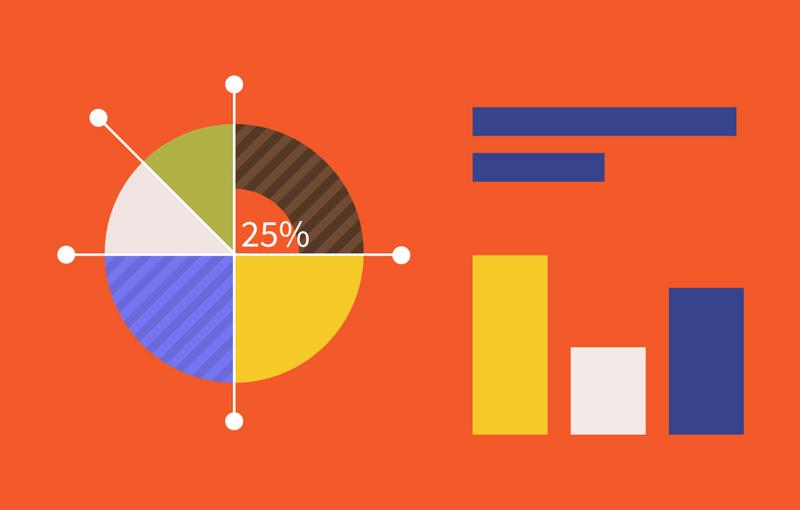In the logistics and procurement business, it's not always easy to keep things running smoothly, and you need to have high-level insight into your own operations to truly understand what's going on. At an organizational level, you must understand what your procurement department is getting out of everything it does. That's where key performance indicators come in.
If you can be set up to collect and effectively interpret data on your operations, you'll be in great shape when it comes to finding and smoothing over inefficiencies before they become problems. The following KPIs are some of the things you should monitor:
1) Supplier accuracy rates
To be a good supply chain partner, you need to be able to understand what's coming into your facilities so you can be sure you're sending items out in a timely fashion, according to Kissflow. But do you know how many shipments you receive that are complete and accurate, and from which suppliers you tend to receive less-than-perfect shipments? If not, you may be overly reliant on companies that can't meet your needs effectively.
2) Lead times
Along similar lines, you should have a clear idea of the kind of time you wait between when you place an order and when you receive it, Kissflow said. That, in turn, helps make the various aspects of your operation more predictable overall.

3) Total number of suppliers
Procurement pros learned a hard lesson during the pandemic: Relying on a small number of suppliers leaves you vulnerable, according to Datapine. As such, you should have a clear idea of how many suppliers you order from on a regular basis and consistently assess whether that number is appropriate to meet your needs.
4) Emergency purchase rates
Too often, companies need to make emergency purchases when other suppliers don't meet their needs, Datapine added. If this is something that happens consistently for you, it should show up in your data and allow you to reconsider some of your troubled procurement strategies.
5) Purchase costs
You should always strive to fully understand all the costs associated with purchasing the things you need on an ongoing basis, according to Cflow. That will often go beyond just the purchase price itself, but also shipping and more. Once you have the big picture of not just your total purchase costs, and what you pay each supplier, it becomes easier to understand where you're getting value.
6) Purchase time
Similar to lead times, it may not always be easy to understand how long it takes to go from when your orders are placed to when they're actually sent by a supplier, Cflow noted. For instance, if you make a purchase with one supplier and it generally takes two to three days to get out their door, versus a potential competitor that can get it out the door in one, that could pose some hidden issues for you that you aren't accounting for.
7) Return on investment
Finally, if you understand your true purchase costs and how labor costs add to that, it becomes easier to look at your sales prices and calculate your ROI, Cflow further advised. With that in mind, you can perhaps do more to streamline your operations and unlock value.



Post A Comment:
0 comments so far,add yours